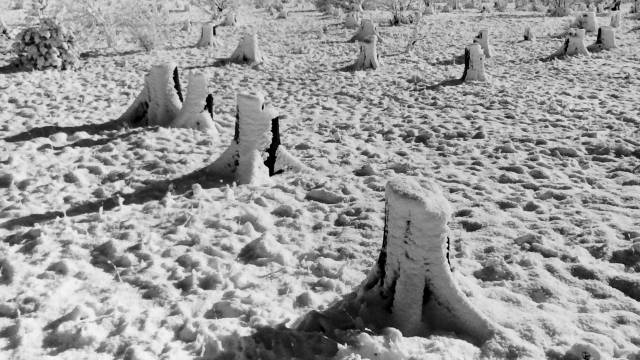Temperatures are dropping and birdsong has all but disappeared, but not all Michigan birds fly south to warmer climates. In addition to the birds that stay year-round, Michigan welcomes many visitors from the north in the colder months, making winter an exciting time to watch birds.
Snow buntings, horned larks and dark-eyed juncos arrive this time of year, in addition to snowy owls, great gray owls and boreal owls that make their way into the Upper Peninsula and northern Lower Peninsula. Winter is also the perfect season for waterfowl birding as hundreds of thousands of ducks, geese and swans descend on the Great Lakes.
This winter, you can contribute to science while you’re birding! Winter bird counts help scientists better understand winter bird movements, assess bird population health and guide meaningful conservation action. With bird populations in decline, it is increasingly important that scientists and land managers understand all aspects of a bird’s life cycle.
Check out these upcoming community science opportunities hosted by MI Birds partners across the state, and find out how to get involved:
Audubon’s Christmas Bird Count (Dec. 14-Jan. 5): Audubon’s Christmas Bird Count is entering its 122nd year! Data submitted by volunteers helps scientists identify long-term population trends and movements for hundreds of bird species across North America. Visit Audubon’s interactive bird map at bit.ly/AudubonMap (case sensitive) to find contact information for a CBC coordinator near you.
Climate watch (Jan. 15-Feb. 15): This annual Audubon bird count explores how North American birds, like the eastern bluebird, are responding to climate change. The results from the survey will allow scientists to identify areas of high climatic suitability for target species and will inform on-the-ground land management decisions to protect birds.
The Great Backyard Bird Count (Feb. 18-21): This four-day event coordinated by Audubon and the Cornell Lab of Ornithology invites people from all over the world to record their bird observations for at least 15 minutes, in your own backyard or at public lands near you. All ages and birding levels are welcome, and you can participate in any or all the four days of this international birding event.












